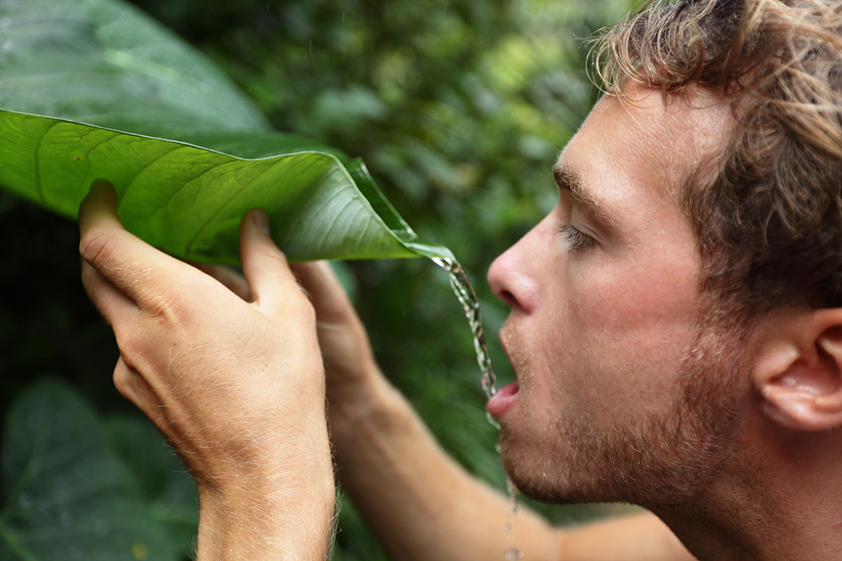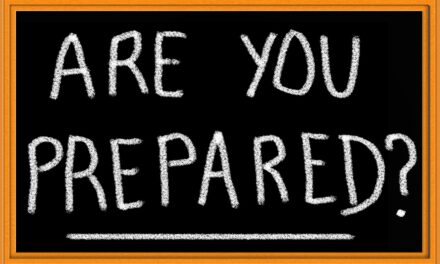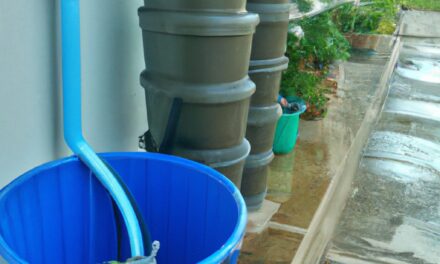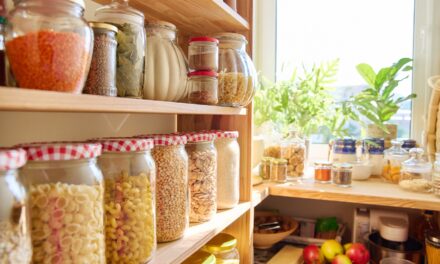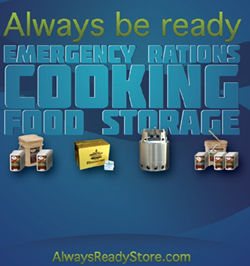Potentially, the most critical area that is needed for preparedness is securing your family water source. It seems that most families begin to focus on food storage when they are concerned about an emergency situation, but neglect to really prioritize their water supply. We have been groomed to assume that water will simply continue to flow from the faucet – even during a massive disaster. The reality is, our water supply is fragile and we must take actions now to be better prepared for any possible water emergency.
 Understanding the paramount importance of water treatment is crucial for ensuring our health and safety. Contaminated water is a breeding ground for myriad illnesses, but with the right purification methods, we can significantly reduce these risks. The most effective approach to water purification involves integrating various techniques, such as chlorination, boiling, filtration, and distillation, to achieve the best results.
Understanding the paramount importance of water treatment is crucial for ensuring our health and safety. Contaminated water is a breeding ground for myriad illnesses, but with the right purification methods, we can significantly reduce these risks. The most effective approach to water purification involves integrating various techniques, such as chlorination, boiling, filtration, and distillation, to achieve the best results.
Chlorination is a powerful ally in the battle against waterborne pathogens. By adding chlorine to water, we can eliminate harmful bacteria and viruses, reduce unpleasant odors and tastes, and inhibit the growth of algae and molds in water storage areas. This process not only guarantees safer drinking water but also prolongs the cleanliness of storage containers. For household disinfection, using regular, unscented liquid bleach containing 5.25 to 6 percent sodium hypochlorite is recommended. A precise measurement of 1/8 teaspoon of bleach per gallon of water, left to sit for 30 minutes, can effectively purify the water, provided it retains a slight bleach scent indicating successful treatment.
Boiling water is perhaps the simplest and quickest method for purifying water. This age-old technique eradicates viruses, bacteria, parasites, and other pathogens, ensuring the water is safe for consumption. Simply boiling water for one minute can significantly improve its safety. To enhance the taste of boiled water, transferring it between two clean containers or adding a pinch of salt can make it more palatable.
Portable water filters offer a convenient solution for on-the-go water purification. They are capable of removing bacteria and parasites, thereby preventing waterborne diseases. By following the manufacturer’s guidelines, these filters can provide clean and safe water from virtually any source.
Distillation goes a step further by eliminating microbes, heavy metals, salts, and most chemicals that other methods may leave behind. The process of distillation involves boiling water and collecting the condensed vapor, resulting in water that is not only pure but also free from trace elements. This purified water can contribute to improved bodily functions and the prevention of kidney stones.
In addition to understanding the core methods of water purification, it’s paramount to be proactive in addressing the looming challenges of water scarcity. Below are some tips on how you can start preparing now to ensure you’re not caught off guard:
- Adopt Water-Saving Habits: Simple changes in daily activities can make a big difference. Be mindful of water usage in your home by fixing leaks promptly, taking shorter showers, and turning off the tap while brushing your teeth. These habits not only conserve water but also instill a culture of sustainability within the household.
- Invest in Rainwater Collection: Installing a rainwater collection system is a practical step towards self-sufficiency. This collected water can be used for gardening, washing, and, with proper treatment, even drinking. It’s a way to decrease your dependence on municipal water supplies and safeguard against shortages.
- Establish a Water Reserve: Keeping an emergency water supply is wise. Begin by storing bottled water and consider larger, more durable containers for long-term storage. Regular maintenance of your storage ensures the water remains fresh and safe for consumption when needed.
- Explore Water Recycling: Educating yourself on the benefits and methods of greywater recycling can open up new avenues for water conservation. Reusing water from baths, sinks, and laundry machines for irrigation purposes can significantly reduce your household’s water footprint.
- Community Engagement: Participating in community efforts to promote water conservation can amplify the impact of individual actions. Support local policies and initiatives aimed at sustainable water use and encourage others to join in these efforts.

By taking these steps today, you’re not just preparing for a potential water shortage; you’re also contributing to the broader effort of preserving our most precious resource. Water is the lifeline of our communities, and through mindful conservation and efficient purification practices, we can ensure its availability for generations to come.
In conclusion, safeguarding our water supply through effective treatment methods is essential for maintaining our health. By combining chlorination, boiling, filtration, and distillation, we can ensure that our water is free from contaminants and safe for consumption. Educating ourselves and taking proactive steps towards water purification will not only protect us from diseases but also contribute to our overall well-being.

